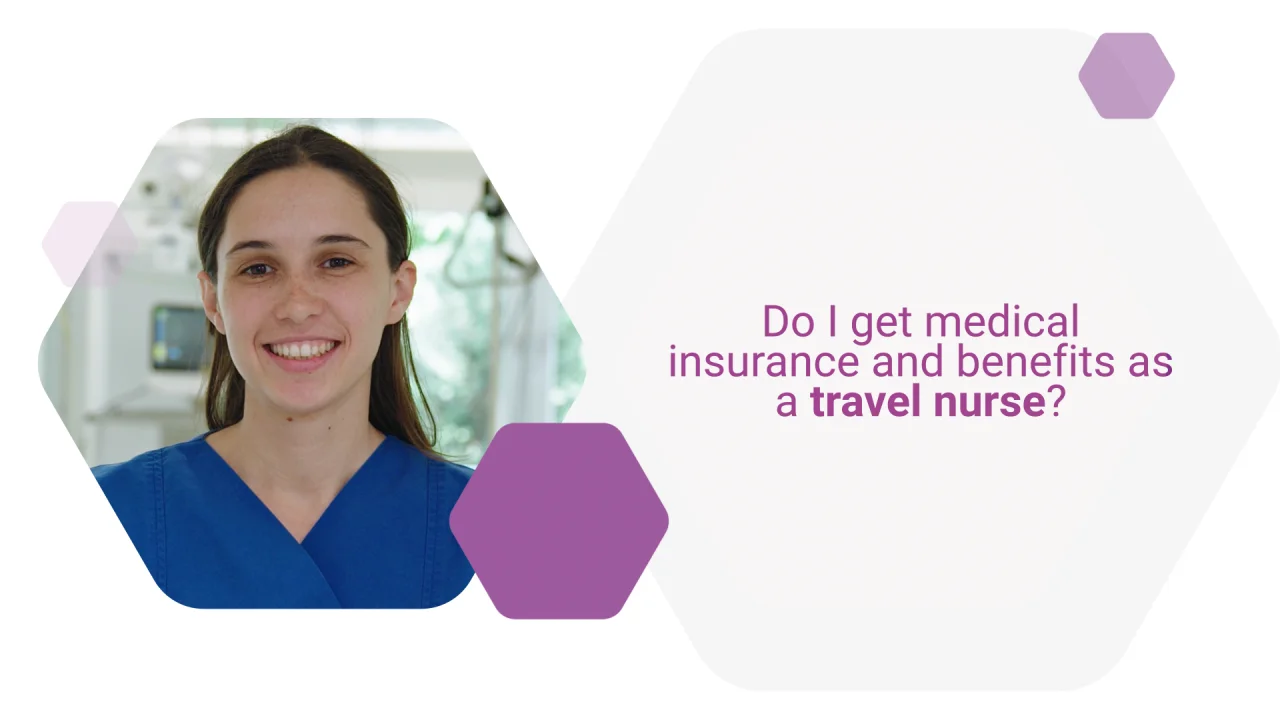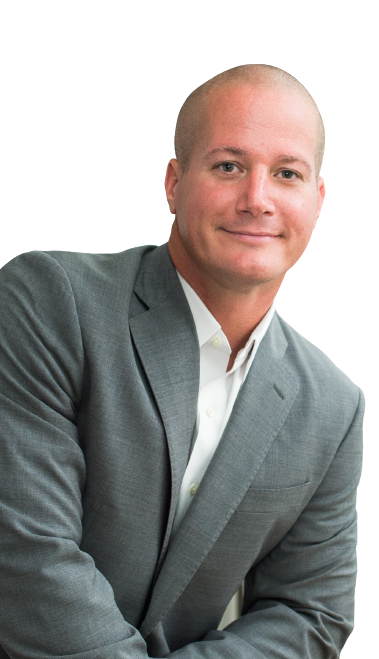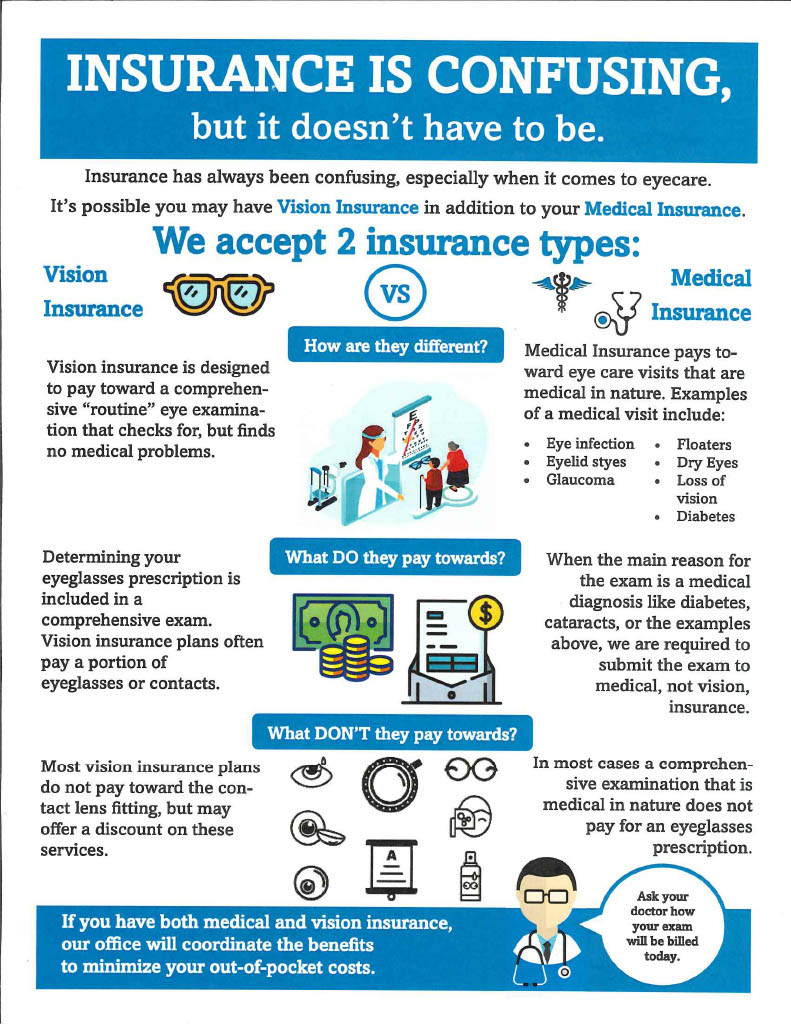The 45-Second Trick For Medicare Advantage Agent
The 45-Second Trick For Medicare Advantage Agent
Blog Article
Rumored Buzz on Medicare Advantage Agent
Table of ContentsSome Known Incorrect Statements About Medicare Advantage Agent The Facts About Medicare Advantage Agent UncoveredNot known Details About Medicare Advantage Agent


follows from adheres to the puzzling young age profile of account uninsured with without insurance better healthMuch better on average, of younger persons. For those without accessibility to workplace wellness insurance coverage, inadequate health is a possible obstacle to purchasing nongroup insurance coverage due to the fact that such coverage might be extremely priced, leave out pre-existing conditions, or be simply unavailable. Unless otherwise kept in mind, nationwide estimates of people without health and wellness insurance and percentages of the populace with various kinds of insurance coverage are based on the CPS, the most extensively used resource of price quotes of insurance policy coverage and uninsurance prices.

The Definitive Guide to Medicare Advantage Agent
Over a three-year duration starting early in 1993, 72 million individuals, 29 percent of the U.S. populace, were without protection for at the very least one month. Within a solitary year(1994), 53 million individuals experienced at least a month without protection(Bennefield, 1998a). Six out of every 10 uninsured grownups are themselves utilized. Working does improve the probability that one and one's household members will have insurance, it is not a warranty. Even members of households with 2 permanent wage income earners have practically a one-in-ten possibility of being without insurance (9.1 percent without insurance rate)(Hoffman and Pohl, 2000 ). The partnership between wellness insurance and access to care is well developed, as documented later on in this chapter. Although the partnership between health and wellness insurance coverage and wellness end results is neither straight neither basic, a substantial scientific and health solutions research study literary works web links medical insurance coverage
to better accessibility to care, much better high quality, and improved personal and populace health condition. The second report, on individual wellness end results for without insurance adults, is stood for by the innermost circle of the number, while the 3rd report, on household wellness, includes the subjects of the 2nd report but highlights a different system of evaluation, specifically, the family. The 6th record in the series will offer info concerning strategies and initiatives taken on locally, statewide, or nationally to attend to the absence of insurance coverage and its damaging impacts. Degrees of analysis for analyzing the effects of uninsurance. This conversation of wellness insurance protection concentrates mostly on the U.S. populace under age 65 due to the fact that basically all Americans 65 and older have Medicare or various other public protection.
It concentrates especially on those without any type of health insurance for any kind of length of time. The troubles faced by the underinsured remain in some areas comparable to those encountered by the uninsured, although they are typically less severe. Uninsurance and underinsurance, nonetheless, entail noticeably various policy problems, and the strategies for addressing them may vary. Throughout this research study and the five reports to follow, the primary focus gets on individuals without medical insurance and hence no support in paying for wellness treatment past what is readily available via charity and safeguard establishments. Wellness insurance is an effective variable affecting receipt of treatment because both individuals and medical professionals reply to the out-of-pocket rate of services. Medical insurance, nevertheless, is neither required nor adequate to access to clinical services. However, the independent and straight impact of health and wellness
insurance coverage on accessibility to health services is well developed. Others will certainly acquire the wellness care they need even without wellness insurance, by paying for it expense or seeking it from carriers who use treatment complimentary or at highly subsidized rates. For still others, medical insurance alone does not ensure invoice of treatment due to various other nonfinancial obstacles, such as an absence of wellness treatment service providers in their community, restricted access to transportation, illiteracy, or etymological and social differences. Official study concerning uninsured populations in the United States dates to the late 1920s and very early 1930s when the Committee on the Price of Treatment produced a series of reports concerning financing doctor workplace sees and hospitalizations. This problem became salient as the numbers of clinically indigent climbed during the Great Depression. Empirical research studies regularly support the web link in between access to care and boosted health end results(Bindman et al., 1995; Starfield, 1995 ). Having a regular source of treatment can be considered a forecaster of gain access to, instead than a straight procedure of it, when wellness end results are themselves used as gain access to indicators. This expansion of the idea of accessibility measurement was made by the IOM Board on Monitoring Access to Personal Wellness Care Solutions(Millman, 1993, p. Whether parents are insured check my reference shows up to web link affect whether or not their kids receive treatment along with how much careeven if the kids themselves have protection(Hanson, 1998). The health of parents can influence their capability to care for their kids and the degree of family members tension. Bothering with their children's accessibility to care is itself a resource of anxiety for parents. Three phases comply with in this report. Chapter 2 gives an overview of exactly how employment-based health and wellness insurance, public programs and private insurance coverage run and engage to give comprehensive yet incomplete protection of the united state populace. This consists of a testimonial of historical fads and public laws impacting both public and personal insurance policy, a discussion of the communications among the different sorts of insurance, and an examination of why individuals move from one program to an additional or finish up

Report this page